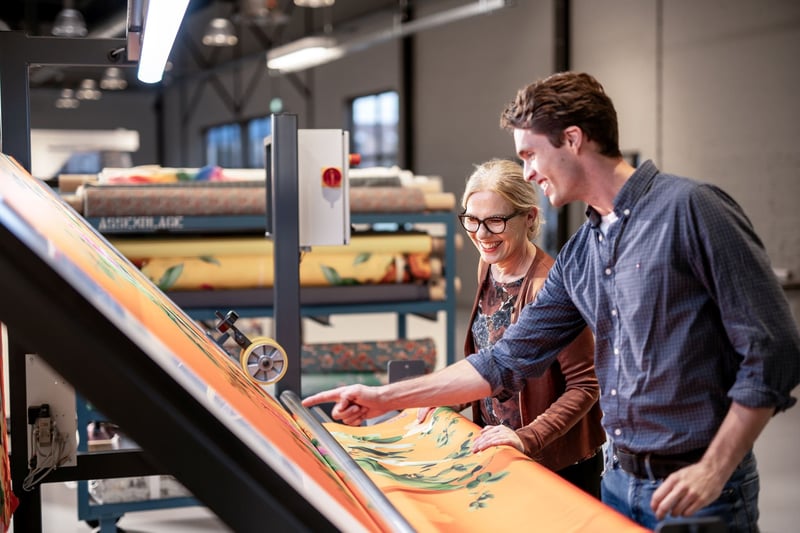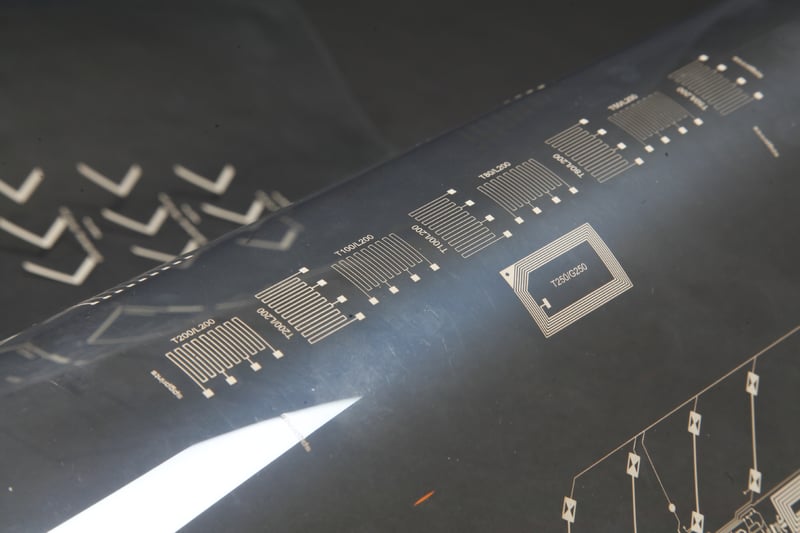Non-woven fabrics are crafted through innovative production processes such as hydro-entanglement, a sophisticated method where the effectiveness and precision of the screening technology directly dictate the quality, consistency, and durability of the final product. This process involves using high-pressure water jets to entangle fibers, forming a cohesive fabric sheet. Within this high-stakes environment, where the industry operates on high volumes and slim profit margins, the reliability and efficiency of screens become paramount. These screens must be robust and capable of withstanding continuous use, thereby minimizing downtime and reducing costly maintenance interruptions.
As manufacturers navigate the complex landscape of balancing superior quality with cost efficiency and sustainability, the choice of screen technology transcends basic operational needs, emerging as a pivotal strategic decision. This decision impacts not only the immediate production capabilities but also aligns with broader business goals of sustainability and market competitiveness, underscoring the importance of selecting the most advanced and suitable screen technology.
Exploring Different Screen Technologies: Wire Mesh, MPS, and Jade
The landscape of screen technologies in non-woven manufacturing is diverse, offering several options tailored to different needs. The traditional wire mesh screens, known for their cost-effectiveness, are widely used but come with limitations in terms of durability and maintenance requirements. They are a viable choice for manufacturers with tight budgets, but they often require frequent replacements due to wear and tear.
MPS (Multi-Purpose Screens), developed by SPGPrints, offer an alternative with electroformed nickel construction. These screens provide improved stability and durability, allowing for tailored designs that enhance fiber entanglement and product consistency. MPS screens come with a higher upfront cost but promise reduced maintenance and longer operational life.
The newest entrant, Jade screens, represents a leap forward in sustainability and efficiency. Engineered to lower water pressure requirements, Jade screens significantly reduce energy consumption, making them a greener option without sacrificing performance or durability. They are designed to extend screen life and minimize waste, offering a compelling case for manufacturers aiming to align with sustainable practices.
Evaluating Cost-Effectiveness: Balancing Budget and Quality
Cost-effectiveness remains a primary consideration for non-woven manufacturers operating under stringent budget constraints. The initial purchase price of screens is just one factor; total cost of ownership (TCO), which includes maintenance, downtime, and lifespan, is vital in evaluating long-term financial impact.
Wire mesh screens, while inexpensive initially, may incur higher TCO due to frequent replacements and maintenance disruptions. MPS screens reduce these overheads by offering longer life and fewer maintenance needs, making them a more stable investment. Jade screens, with their advanced design, further optimize TCO by integrating energy savings and durability, which offset their higher initial cost.
Maximizing Performance: Ensuring Consistency and Efficiency
Performance is crucial in non-woven manufacturing, where consistency and efficiency directly affect production targets and product quality. Wire mesh screens provide reliable performance but often require ongoing adjustments to maintain consistency. MPS screens deliver enhanced stability with their robust design, ensuring better consistency with less intervention.
Jade screens elevate performance by combining the benefits of MPS with additional energy efficiency. Their innovative design reduces water pressure needs without compromising fiber entanglement, leading to higher throughput and superior quality. This means manufacturers can achieve faster production speeds and better product consistency, meeting the high standards demanded by today's consumers.
Embracing Sustainability: Reducing Environmental Impact
Sustainability is no longer a buzzword; it is a strategic imperative for manufacturers seeking to differentiate themselves in a competitive market. The environmental impact of screen technology is a significant consideration, as screens influence energy consumption and waste generation.
Wire mesh screens, while recyclable, contribute to higher energy usage due to their water pressure requirements. MPS screens offer a more sustainable profile with their longer lifespan and single-material construction, simplifying recycling. However, Jade screens set a new benchmark in sustainability by reducing energy consumption by up to 10% and being fully recyclable and reusable, offering a comprehensive solution for manufacturers committed to reducing their carbon footprint.
Making the Right Choice for Your Production Needs
Selecting the right screen technology for your non-woven manufacturing operations involves a careful evaluation of cost-effectiveness, performance, and sustainability. While traditional wire mesh screens may suffice for some, the advanced capabilities of MPS and Jade screens can provide strategic advantages in efficiency, quality, and environmental responsibility.
By investing in innovative screen technologies like Jade, manufacturers can not only enhance production processes but also position themselves as leaders in sustainable manufacturing practices. This forward-thinking approach can build a competitive edge in the market, fostering trust and confidence among consumers and partners alike.
In conclusion, as the non-woven fabric industry continues to evolve, the adoption of advanced screen technologies will be pivotal in achieving operational excellence and sustainability. For manufacturers ready to take the next step, exploring the capabilities of Jade screens could unlock new opportunities for growth and differentiation.



